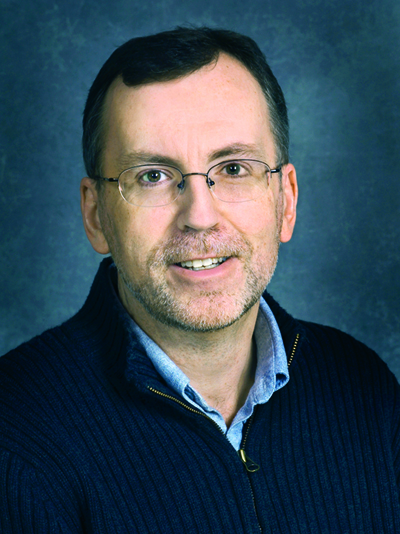 The Experimental Systems Group supports a wide range of activities at the ALS including:
The Experimental Systems Group supports a wide range of activities at the ALS including:
– The operation and development of hard and soft x-ray beamlines. The beamlines we support include ultrafast (6.0), SAXS/WAXS (7.3.3), x-ray tomography (8.3.2), diffractive imaging (9.0.1), micro XAS/XRD/XRF (10.3.2), small molecule chemical crystallography (11.3.1), high pressure (12.2.2), and micro-diffraction (12.3.2). The unifying theme of this suit of beamlines is materials science research, from understanding atomic structure to macroscopic 3D structure of natural and engineered materials. Much of this work is related to practical real world problems, from studies of carbon sequestration in porous rocks using x-ray tomography, to the structure of polymers for photovoltaic applications.
– Providing support for optical metrology and design, as well as optics research and development. This includes operation of a state of the art optical metrology laboratory, and a beamline for x-ray and detector R&D (5.3.1). It also includes the optical design of major projects, such as MAESTRO and COSMIC, and coordination with engineering groups.
– Advancing new ALS programs by working with the user community to develop new techniques and/or new areas of scientific application of synchrotron radiation methods. An past example of this is our work with the Falcone group to develop streak-camera-based ultrafast techniques, which has now become an established feature on BL 6.0. Current examples include the development of soft x-ray scattering as applied to polymer systems on BL 11.0.1, and the development of coherent x-ray diffraction as an imaging technique on 9.0.1.
– The development of technologies for the Next Generation Light Source (NGLS). In this area, the main activity presently is related to work on photocathodes. The NGLS specification calls for operation at a repetition rate 104 higher than the LCLS. This imposes severe issues for the photogun, and so is one of the foci of R&D work for the NGLS. This work involves development of new photocathode materials that can give low emittance and high average current, and will include the future design of optical systems for the NGLS.
In the future, the focus of our group’s work is really on improving the quality of the experiments that can be done at the ALS, rather than increasing capacity. For example, the flux in BL 11.3.1 (chemical crystallography) can be improved by a factor of 200 by moving to a superbend sector, and we are developing plans for this presently. Large gains can be also achieved moving by SAXS / WAXS (BL 7.3.3) to a superbend, equipping most x-ray beamlines with pixel detectors, and generally increasing automation.
Finally we are active in improving links to the Computational Research Division, so that we can bring modern and much more rapid data analysis techniques to bear on the data we collect. This is particularly important given the enormous increase in data rates we are starting to see from new generations of in-house and commercial detectors.